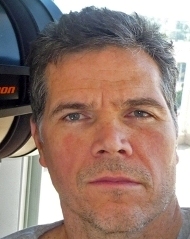I-5 HOV Lane Widening Study
Multiple Interchange Geometry and Drainage Preliminary Design
CalTrans Staff Augmentation Contract (through CH2MHill)
San Diego, CA
2006
Upon completion of the I-15 Managed Lanes Direct Access Ramp project, I moved into the new CalTrans District 11 Headquarters building.
My project there was geometry and drainage studies for the massive I-5 Widening Project. Adding up to four lanes along thirty miles would require major revisions to the interchanges. What bridges could accommodate the additional lanes without major renovation? What drainage improvements would be required? What existing systems would require relocation and/or augmentation?
We had several people modeling interchanges. Mine took about 20% longer to my surprise. It turns out it was due to me being used to the fundamentally more complete information delivered in even a preliminary InRoads model versus a CAiCE model. Gore areas, abutments, etc. were part of my models. Problem areas were more obvious. Soon, I was being asked to use InRoads to model areas of concern or uncertainty, such as abutments or other 3D constraints.
At this point in time, InRoads had been selected as the Engineering Application to replace CAiCe. There was a lot of interest in the new capabilities.
While I enjoyed working at CalTrans and my son was downstairs in the Daycare there, 18 months of being constrained in a CAiCE shope was enough. I had to get back to being a Bentley being.
One of my last events at CalTrans was to present the Automating CalTrans D11 Drainage Deliverables workflow to the D11 Drainage staff there. To this day I enjoy the memory of the faces as the Green Sheets started popping out at the push of a button.
